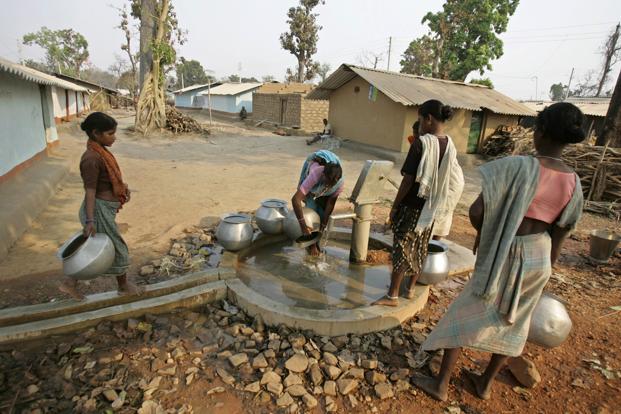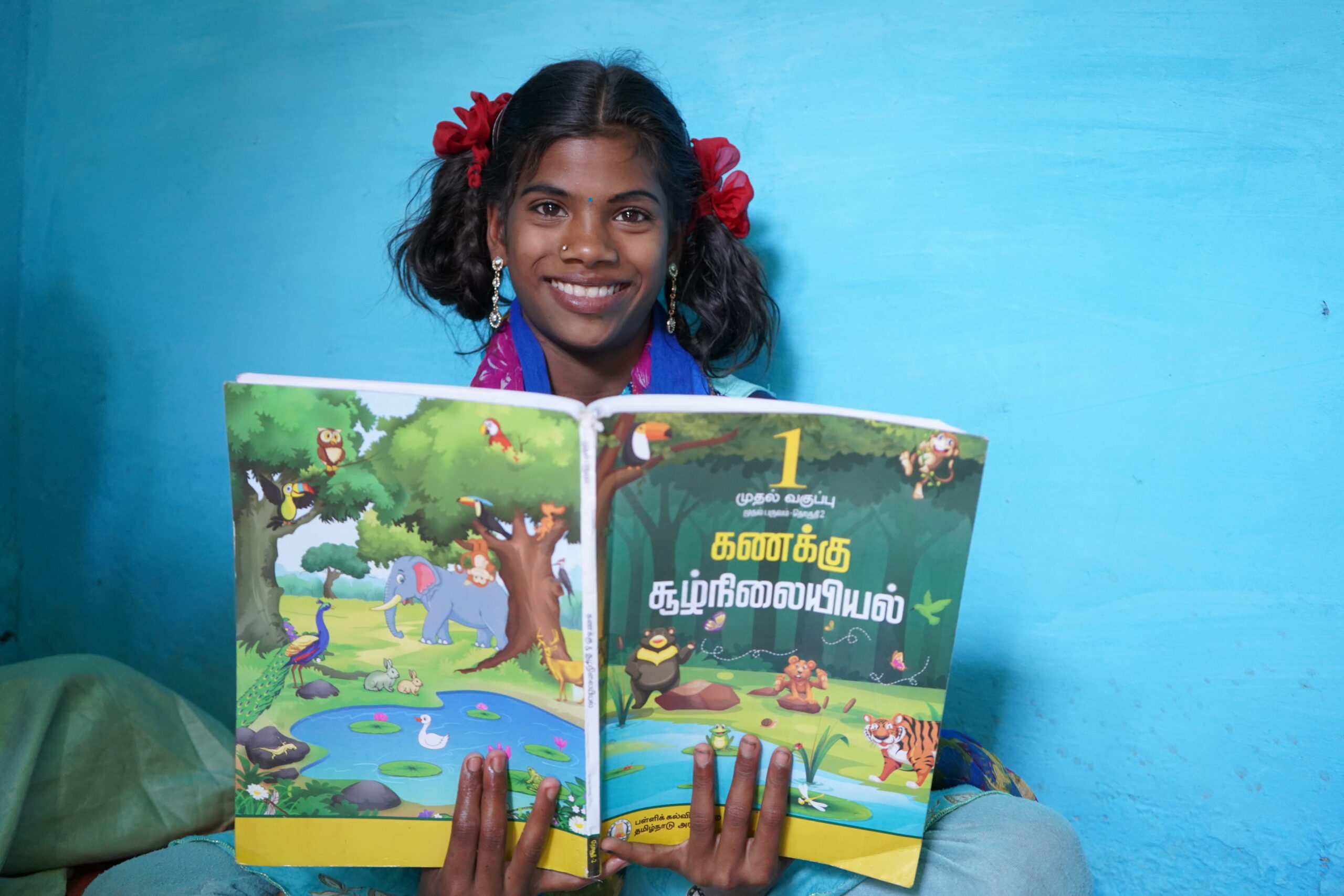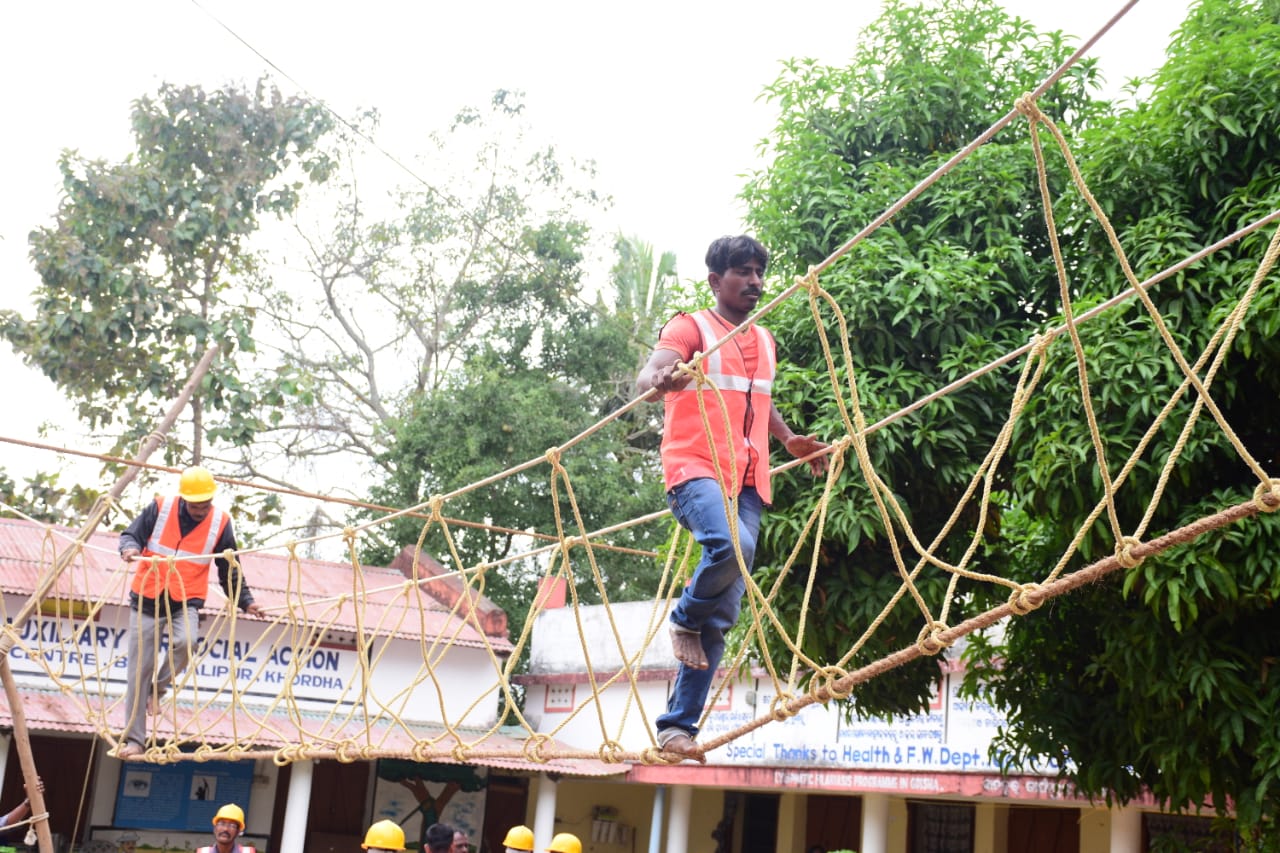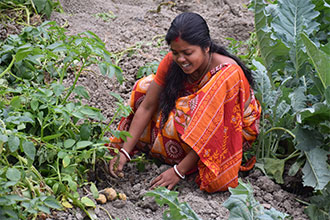CASA BLOGS

Top 7 Ways To Provide Livelihood Support For Poverty And Hunger
The restoration of daily pay has increased the necessity for developing sustainable rural livelihoods. In addition to bringing unemployment, poverty, and misery to the lives of impoverished families living in villages across India, labourers and migratory workers from closed-down cities also do so. The COVID-19 breakout situation has highlighted how important their work is in the real world. NGOs working for hunger in India are helping the most vulnerable families of migrant workers, tribal people, daily wage employees, and poor farmers through our sustainable rural livelihood building programme in order to increase their capacity for self-sufficiency.
Rural economies still rely heavily on agriculture and related industries, but a sizable portion of the population consists of landless people or small-scale farmers with only two acres of land. They frequently work in the fishery, animal husbandry, or poultry industries as day labourers earning a daily pay. These marginal farmers are severely impacted and will perish in the sea of poverty; they have little chance of restarting or reviving their economic operations, and all supply chains will be negatively impacted. The goal of the Hindrise Social Welfare Foundation is to develop sustainable rural livelihoods that are so appealing that villagers and people from impoverished backgrounds will no longer feel the need to look for work and assistance with finding a job in large cities, resulting in a reverse migration.
Reviving the agricultural and related sectors would be crucial in the future years because India’s economy is predominantly agrarian and employs 60% of the country’s population. In order to provide 0.5 to 1 million households with a means of subsistence and employment, we must continue to support immediate relief efforts while also working to establish tiny local growth clusters with more self-sufficient systems of production, processing, and marketing.
Following is a succinct summary of some of the strategy’s essential components for livelihood support for poverty and hunger:
1. Increasing public knowledge of concerns related to safety and hygiene, as well as preserving social distance, across all of our 10,000+ project villages.
2. Strengthening public systems to enrol families who lack ration cards, Jan Dhan accounts, MGNREGA Job cards, and other types of official documentation into former government systems so they can get state benefits and the deluge of relief programmes that strive to reach the most needy and worthy.
3. By developing resources like plantations, water-harvesting structures, land treatment measures, etc. that may both immediately pay wages and enhance livelihoods in the medium and long term, it is possible to facilitate the provision of relief work under MGNREGA (100 days job guarantee scheme). The nutritional status of households would suffer as food supplies decreased. A kitchen garden would need to be established for roughly 100,000 disadvantaged families in order to provide nutrition security.
4. Counting all migrant workers who have returned to their home country and assisting those who want to do so by reactivating the agent networks. One can train and support 10,000 such youngsters as entrepreneurs or self-employed (YSE) who are connected to local livelihood eco-systems for those who do not wish to return.
5. Promoting backyard goat and chicken farming with plans for shed improvements, vaccinations, and other assistance for 100,000 families.
6. Encouraging 100 Farmer Producer Organizations (FPOs) to assist 400,000 Small and Marginal Farmers (SMFs) by giving them all the services they require. In the upcoming years, FPOs can assist SMFs in growing cereals, oilseeds, and pulses to assure both family food security and to contribute to national food security. As a step toward shorter and more localised supply chains, NGOs working for hunger in India can also encourage farm product pick-up and selling to ultimate consumer vehicle support centres.
7. Working with 250,000 farmers to implement sustainable eco-friendly agricultural practices instead of intensive chemical-based agriculture in order to create a new paradigm. The Pradhan Mantri Vandhan Yojana will support tribal populations in forest fringe areas that depend on non-timber forest products for smooth access to its programmes.
Since they are on the front lines and might be crucial in the rebuilding phase, NGOs in India have responded strongly. We would require around $150,000 per block in yearly programme spending in order to implement the aforementioned set of activities in each of our 120 blocks, which are spread over 7 states and support, on average, a population of 50,000 people. With the help of our present programmes, we have started several interventions, but to continue our work, we would need kind financial support from private contributors and nonprofit organisations.
The bulk of residents in India’s rural areas have irregular incomes even under normal circumstances, and their options for obtaining a living are limited. A lockdown situation has resulted in an instant influx of migrant labour, difficulty obtaining agricultural inputs, and a decline in market demand. There has been a rise in uncertainty, and people are concerned about upcoming official and informal employment chances.
We must develop policies and strategies on the achievement of livelihood support for poverty and hunger through a top-down approach and teamwork in order to support migrant workers and daily wage employees. To battle the COVID-19 epidemic and make sure that the rural economy will be able to withstand the burden of adjusting migrant labourers and daily wage workers, we believe that strengthening farm and non-farm sustainable rural lives may pave the way for food security.
 Previous Blog Post National Nutrition Week India: The Ultimate Guide to Eating Healthy
Previous Blog Post National Nutrition Week India: The Ultimate Guide to Eating Healthy Role of NGOs Working For Women’s Rights In India
Role of NGOs Working For Women’s Rights In IndiaFeatured Post

Empowering Rural Education in India:
14 Mar 2024
Introduction: In the vast tapestry of India, education is the key to unlocking the door to a brighter future. However, the challenge of providing quality education to the rural parts of the country persists. In this blog post, we will delve into the crucial role that Non-Governmental Organizations (NGOs) play in bridging the educational gap […]

Empowering the Future: Disaster Management Training for School Children in Disaster-Prone Areas
22 Feb 2024
Introduction: In the face of increasing natural disasters worldwide, it becomes imperative to equip our younger generation with the knowledge and skills necessary to handle emergency situations. Children, being one of the most vulnerable groups during disasters, can greatly benefit from disaster management training. This blog explores the significance of imparting such training, with a […]

Empowering Women: Transforming Lives Through Sustainable Livelihoods in Rural India
16 Feb 2024
Introduction: In the heart of rural India, a silent revolution is taking place as women embrace newfound opportunities for sustainable livelihoods. This transformation not only uplifts individual lives but also contributes to the overall development of communities. At [Your Organization’s Name], we are committed to driving positive change by providing women in rural India with […]



Leave a Reply
You must be logged in to post a comment.